Pickle Crisp Pre-Soak
Bloomfielder
18 years ago
Related Stories
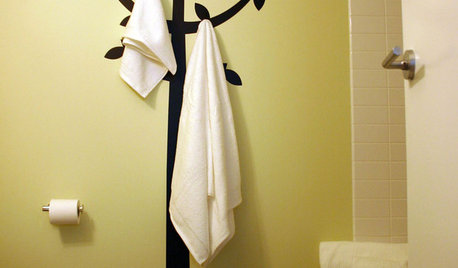
BATHROOM STORAGESoak Up 16 Stylish Ways to Display Towels
Sure, you can just fluff and fold. But you can also hang, roll and even tie your towels for lavish and accessible displays in the bathroom
Full Story
BEDROOMS11 Reasons to Love White Bedding
For easy bedding that makes neutrals sing and accessories pop, look to the white side
Full Story
HOUSEKEEPING20 Things You Might Be Forgetting to Spring-Clean
Clean these often-neglected areas and your house will look and feel better
Full Story
HOUSEKEEPINGHow to Clean Hardwood Floors
Gleaming wood floors are a thing of beauty. Find out how to keep them that way
Full Story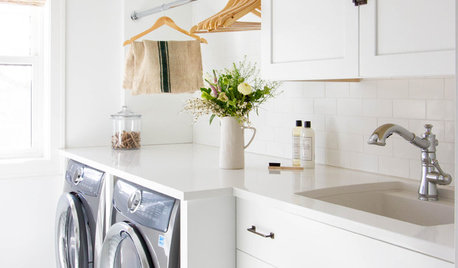
MOST POPULARHow to Remodel the Laundry Room
Use this step-by-step guide to figure out what you want and how to make it happen
Full Story
SELLING YOUR HOUSE10 Tricks to Help Your Bathroom Sell Your House
As with the kitchen, the bathroom is always a high priority for home buyers. Here’s how to showcase your bathroom so it looks its best
Full Story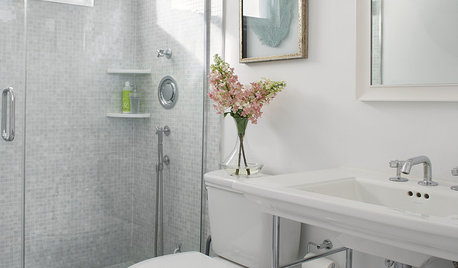
HOUZZ CALLHouzz Call: Show Us Your 8-by-5-Foot Bathroom Remodel
Got a standard-size bathroom you recently fixed up? We want to see it!
Full Story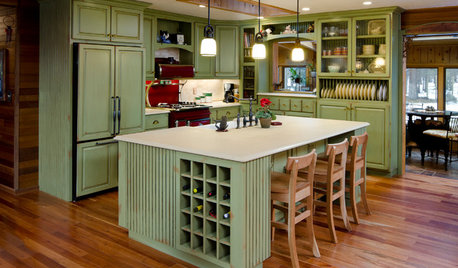
MOST POPULARHow to Reface Your Old Kitchen Cabinets
Find out what’s involved in updating your cabinets by refinishing or replacing doors and drawers
Full Story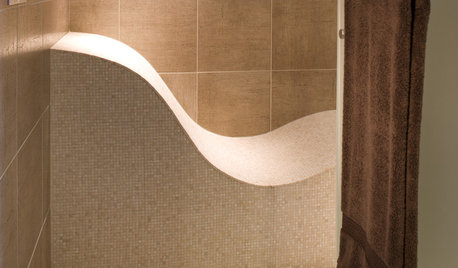
REMODELING GUIDESTop 10 Tips for Choosing Shower Tile
Slip resistance, curves and even the mineral content of your water all affect which tile is best for your shower
Full Story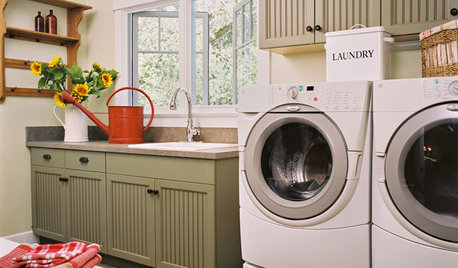
MORE ROOMSDesigns for Living: Cheerful Laundry Rooms
Colorful, Comfortable Spaces Make Doing the Wash Much More Fun
Full StoryMore Discussions






malonanddonna
lexilani
Related Professionals
Citrus Heights Landscape Architects & Landscape Designers · Grand Haven Landscape Architects & Landscape Designers · Severn Landscape Architects & Landscape Designers · Washington Landscape Architects & Landscape Designers · Brooklyn Park Landscape Contractors · Del Aire Landscape Contractors · Glendale Heights Landscape Contractors · Morrisville Landscape Contractors · North Chicago Landscape Contractors · Paso Robles Landscape Contractors · Vashon Landscape Contractors · Eastlake Landscape Contractors · Bensenville Landscape Contractors · Toledo Roofing & Gutters · Cincinnati Driveway Installation & Maintenanceangelstiger
malonanddonna
BloomfielderOriginal Author
ksrogers
lexilani
BloomfielderOriginal Author
malonanddonna
Linda_Lou
lexilani
ksrogers
lexilani
ksrogers
lexilani
ksrogers
BloomfielderOriginal Author
ceresone
ksrogers
annie1992
Linda_Lou
ceresone
Linda_Lou
ksrogers
smokey98042
annie1992
readinglady
smokey98042
ksrogers
annie1992
BloomfielderOriginal Author
annie1992
ceresone
kalalew
Linda_Lou
Linda_Lou
ksrogers
Amino_X
Linda_Lou
ksrogers
elestes_tds_net
ksrogers
elestes_tds_net
ksrogers
dangould
ksrogers
ckknh
ksrogers
mystiic931_ggmail_com
HU-16723256